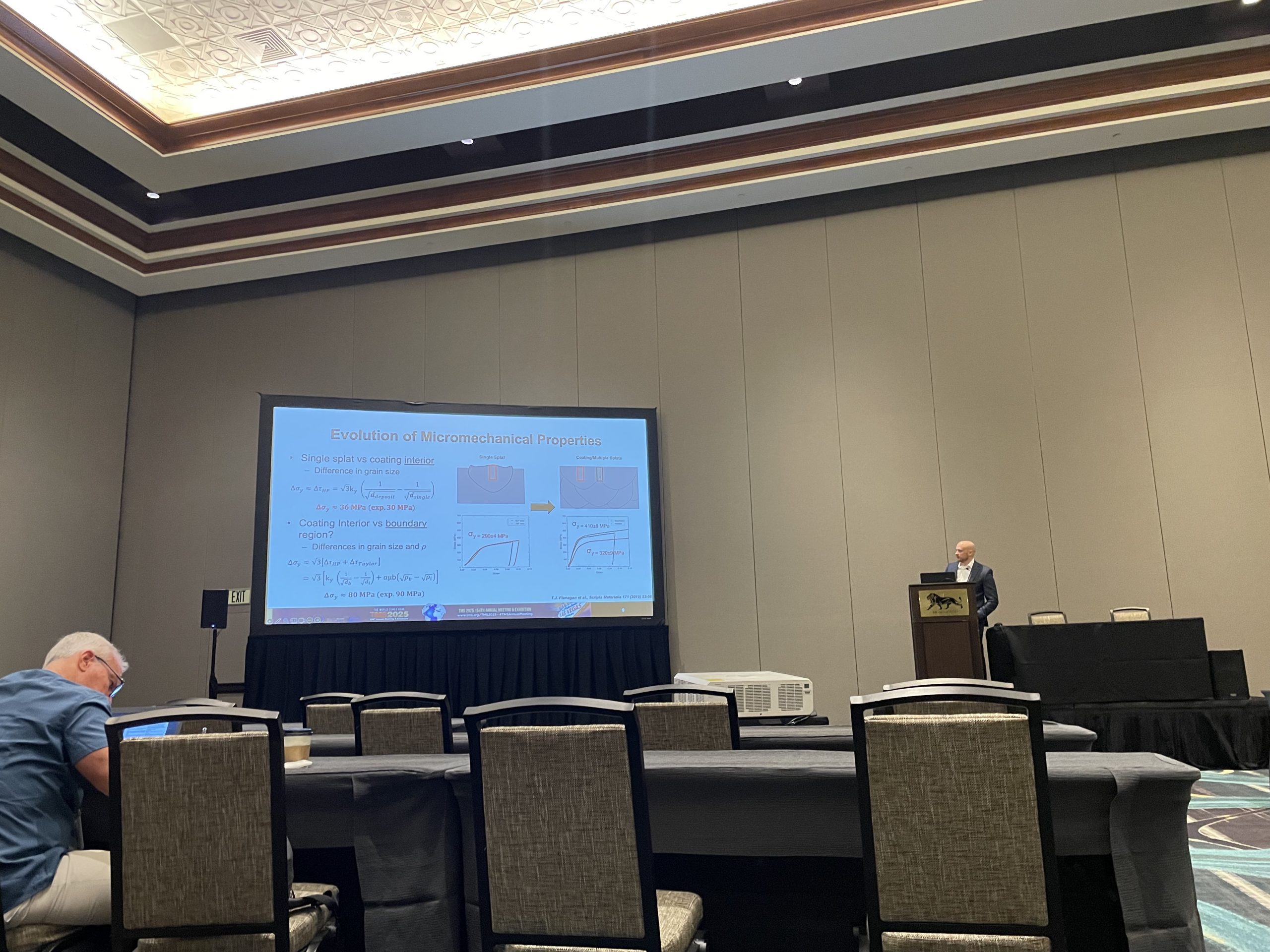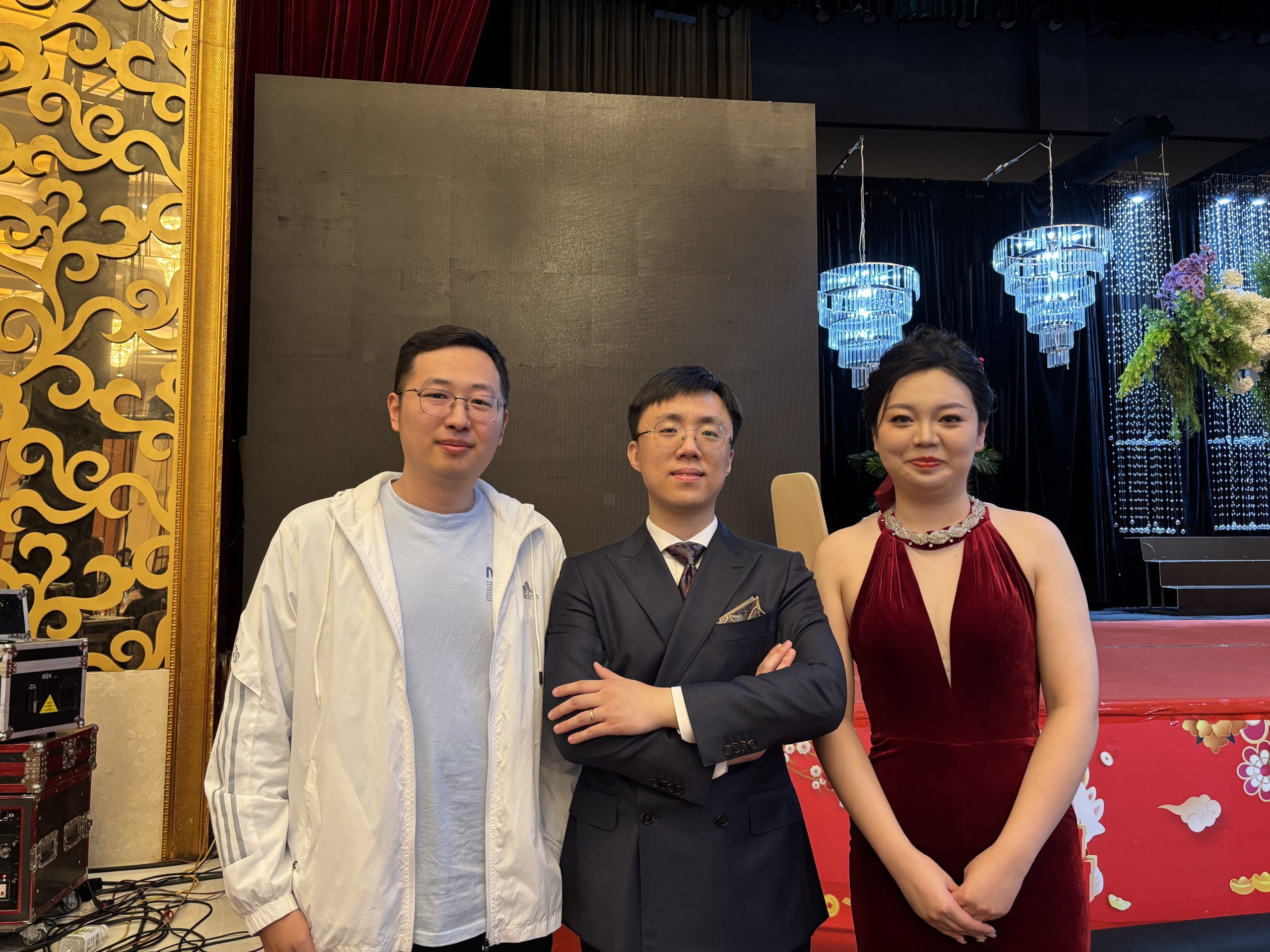Shuyang’s collaboration paper was published at Physical Review B! Congratulations!
https://journals.aps.org/prb/abstract/10.1103/PhysRevB.111.054102
Title: Tuning the structure and superconductivity of SrNi2P2 by Rh substitution
Abstract: The compound SrNi2P2 is unique among the ThCr2Si2 class since it exhibits a temperature-induced transition upon cooling from an uncollapsed tetragonal (ucT) state to a one-third-collapsed orthorhombic (tcO) state where one out of every three P-rows bond across the Sr layers. This compound is also known for exhibiting bulk superconductivity below 1.4 K at ambient pressure. In this paper, we report on the effects of Rh substitution in Sr(Ni1−Rh)2P2 on the structural and superconducting properties. We studied the variation of the nearest P-P distances as a function of the Rh fraction at room temperature, as well as its temperature dependence for selected compositions. We find that increasing the Rh fraction leads to a decrease in the transition temperature between the ucT and tcO states, until a full suppression of the tcO state for ≥0.166. The superconducting transition first remains nearly insensitive to the Rh fraction, and then it increases to 2.3 K after the tcO state is fully suppressed. These results are summarized in a phase diagram, built upon the characterization by energy dispersive x-ray spectroscopy, x-ray diffraction, resistance, magnetization, and specific heat measurements done on crystalline samples with varying Rh content. The relationship between band structure, crystal structure, and superconductivity is discussed based on previously reported band structure calculations on SrRh2P2. Moreover, the effect of Rh fraction on the stress-induced structural transitions is also addressed by means of strain-stress studies done by uniaxial compression of single-crystalline micropillars of Sr(Ni1−Rh)2P2.


